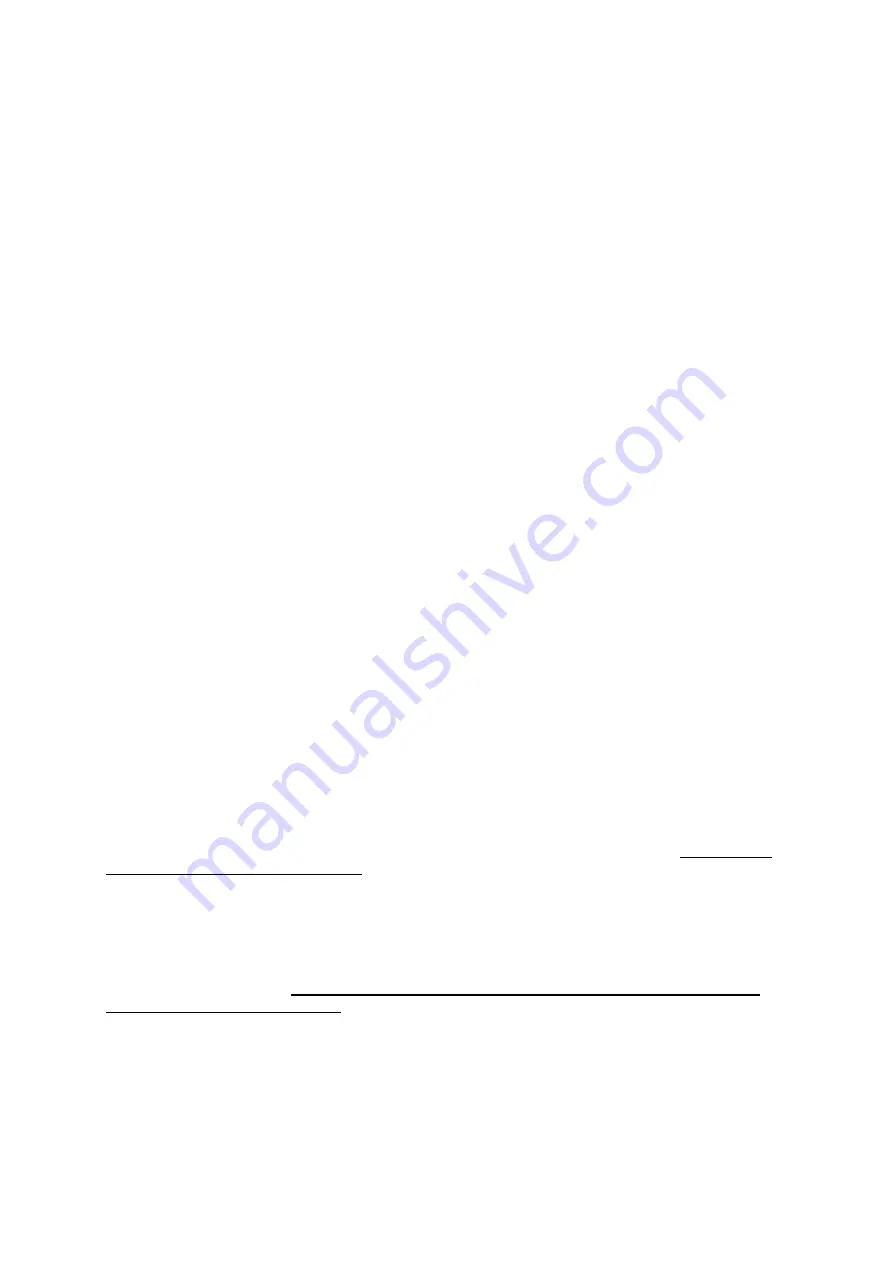
17
11. Sealing of the nozzles or respectively of the nozzle thread
The nozzles to be used in conjunction with the gas cartridges have a centrical drilling. After using the
device you should seal the hole in the nozzle by using self-adhesive tape if it could happen that
foreign particles may enter the system. This is especially the case it the device is stored or transported
unpacked.
If you remove the nozzle and if you do not install another one you need to seal the orifice as well to
prevent that foreign particles can enter. In this case we recommend to install a blind bolt instead.
12. Approved fuels
12.1. Approved fuels and instructions if the gas bottle option is
being used
Make sure that the correct nozzle for this type of fuel is installed and that it is tightened sufficiently.
Gas bottles with 5 kg, 11 kg or 33 kg of liquefied Propane/Butane gas mixture can be used with this
type of operation.
For safety reasons you should use the smallest bottle possible. Only if a high quantity of gas is
required for a single event you should use the next larger bottle size.
The usage of other fuels in this operation mode, e.g. with coloring additives, is strictly prohibited
because this can lead to leakages in the system or malfunction of the electro-magnetic valves.
Regulations regarding the usage of the gasiform phase:
The usage that is intended by the manufacturer is that only the gasiform phase is being taken from the
bottle. Here it is mandatory to use a pressure regulator and the maximum output pressure must not be
higher than 4.0 bar. The used gas hose must be approved for a pressure of 6.0 bar. If you order the
gas bottle option we deliver appropriate and approved equipment for this type of usage. If the inner
diameter of the gas hose is too small or if the pressure regulator is unsuitable the flame height will be
reduced. The usage of gas bottles without pressure regulator is an extreme accident hazard and is
strictly prohibited. The reason is that the pressure in the bottle can reach up to 35 bar and certain
components like e.g. the gas hose and the electro-magnetic valves have not been designed for this.
Regulations regarding the usage of the liquid phase:
The usage that is intended by the manufacturer is that only the gasiform phase is being taken from the
bottle. You can use also the liquid phase on your own risk. When using the liquid phase much higher
flames can be generated (approx. 8-9 m). For doing so another nozzle is required and it is prohibited
to use the supplied pressure regulator. Standard pressure regulators are not suitable to be used with
the liquefied phase. When the temperature is rising the pressure in the hose will increase extremely
which will destroy the pressure regulator and liquefied gas is set free. Pressure regulators are offered
on the market which are suitable to regulate the liquefied phase. Furthermore a gas hose must be
used that has been approved for at least the maximum bottle pressure which is 35 bar. Hydraulic
hoses are suitable for this. It must be avoided by all means that a certain volume filled with liquefied
gas is blocked off. For example it is not allowed to fill the hose with liquefied gas and then close the
shut-off valve on the bottle. The pressure in the locked volume will increase with a rate of 7 bar per
1°C when the temperature is rising! If you do not use a regulator must ensure that the bottle pressure
is not higher than 10 bar because this is the maximum pressure that the electromagnetic valves can
handle and due to that the bottle temperature should not exceed 25°C. It is not advisable to use the
liquid phase by turning the bottles upside down. Besides the fact that the bottle is no longer standing
stable also dirt from the bottle may enter the regulator (if installed) or the system of the G-Flame.
When using the liquid phase you should only use bottles with a dip tube installed inside. The safety
distance must be extremely increased: if there is no wind at least 10 m to the side and 20 m upwards.
The safety distance sideways has to be increased in windy conditions by the judgment of the operator.
Please note in this context that unburned fuel that is transported by the wind can be hazardous.
















































